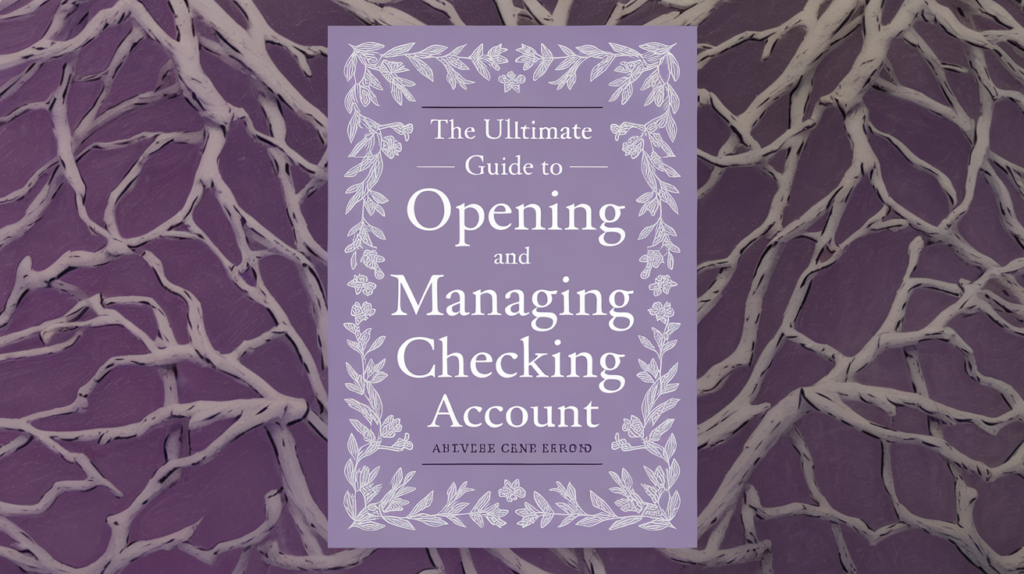Understanding Investing: A Comprehensive Guide
Investing is a powerful tool that can help you achieve your financial goals and grow your wealth over time. However, if you’re new to investing, it can be overwhelming to understand what it entails and how to get started. This guide will provide you with a clear understanding of what investing is, how it works, and why it’s important. Additionally, we’ll explore different types of investments and offer practical steps to help you begin your investing journey.
What Is Investing?
In simple terms, investing involves buying financial assets with the expectation that they will increase in value over time. This increase in value is known as appreciation. Financial assets can include stocks, bonds, real estate, jewelry, and other valuable property. While all investments carry some level of risk, the potential for growth makes investing an attractive option for building wealth.
How Does Investing Work?
When you invest, you purchase an asset with the goal that it will appreciate in value over time. You can either hold onto the asset or sell it to realize your gains. Contrary to the notion that investing is about making quick profits through rapid buying and selling, the best investment strategies are often more methodical and long-term.
For long-term goals like retirement, it’s wise to diversify your investments across various sectors and industries. This approach helps manage risk while benefiting from long-term appreciation. There are two main investment strategies: active and passive investing. Active investing involves actively buying and selling assets to outperform the market, while passive investing aims to match market performance through a buy-and-hold strategy.
Investing vs. Saving
Both saving and investing involve setting aside money for the future, but they differ in terms of risk. Investing exposes you to market fluctuations with the potential for higher returns, making it suitable for long-term goals like retirement. On the other hand, saving is more appropriate for short-term needs and emergency funds, as it involves less risk and provides liquidity.
Types of Investments
There are several asset classes and commodities you can invest in, but the following four types are among the most common:
Stocks
Stocks represent shares of ownership in a publicly traded company. They are volatile assets that can offer high returns but also come with significant risk.
Bonds
Bonds are loans from an investor to a borrower, such as a government or company. They are typically low-risk investments with set returns over a fixed period.
Mutual Funds
Mutual funds pool money from multiple investors to invest in a diversified portfolio of stocks, bonds, and other assets. They can be actively managed by professionals or passively managed as index funds.
Exchange-Traded Funds (ETFs)
ETFs are similar to mutual funds but are traded on stock exchanges. They offer diversification and can be bought and sold like individual stocks.
How to Start Investing
Regardless of your financial situation, you can start investing toward your goals now. Here are the steps to get started:
1. Decide What Your Investing Goals Are
Identify your financial goals to determine how much risk you’re willing to take. For example, if you’re saving for a short-term goal like buying a home, you might choose lower-risk investments like bonds and certificates of deposit (CDs).
2. Choose an Account Type
Select an investment account that aligns with your goals. Tax-advantaged accounts like 401(k)s and IRAs offer tax benefits for retirement savings, while standard brokerage accounts provide flexibility for other investment goals.
3. Open Your Account
Open and fund your investment account. If your workplace offers a 401(k) plan, you can set up your account through your HR department. Otherwise, you can open an IRA or a standard brokerage account online.
4. Fund Your Account
Determine how much money to invest. Experts recommend aiming to invest around 15% of your pretax income each month. You can set up automatic transfers from your bank account to your investment account to make consistent contributions.
5. Buy Investments
Diversify your portfolio by investing in a mix of assets. Mutual funds and ETFs are convenient options for diversification. You can also seek the help of a stockbroker or robo-advisor to manage your investments.
Why Should You Invest?
Investing is crucial for growing your money over time and achieving long-term financial goals like retirement or funding education. While saving money in a bank account can help you accumulate cash, investing offers the potential for higher returns through appreciation, dividends, and compound interest. By investing, you can outpace inflation and build wealth more effectively.
Make a Plan for Your Financial Future
Investing for retirement through a 401(k) or an IRA is a solid strategy for most people. While it may not be the most exciting approach, investing in managed or index funds is a reliable way to build wealth passively. If you need personalized advice, consider consulting a financial advisor to help you create a comprehensive financial plan that suits your individual needs.
At O1ne Mortgage, we understand the importance of making informed financial decisions. If you have any questions or need assistance with your mortgage needs, don’t hesitate to call us at 213-732-3074. Our team of experts is here to help you achieve your financial goals and secure your future.







